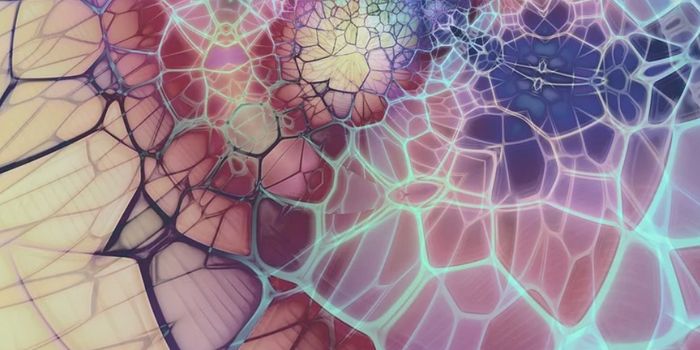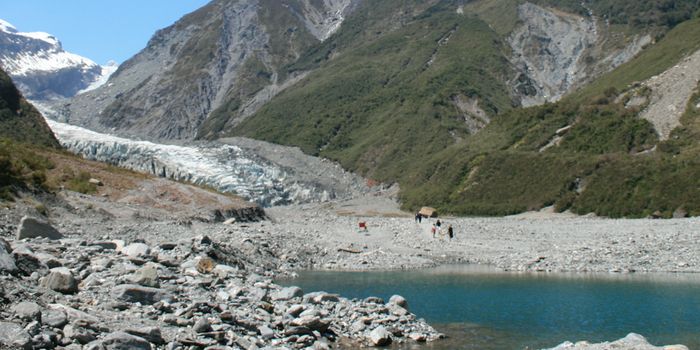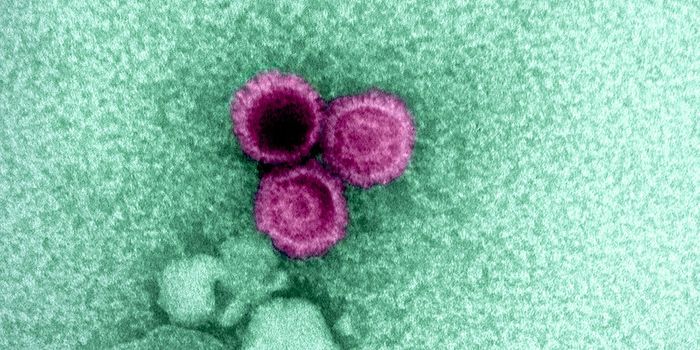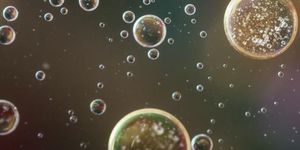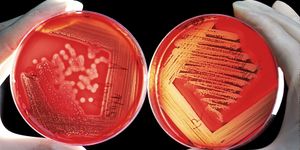Shipwrecks are Rich with Microbial Diversity
Bacteria have helped lay the foundations for complex life by creating a hospitable atmosphere on our planet, and they continue to support the food web. It seems like microbes have colonized nearly every part of the earth, from the hottest hydrothermal vents to the insides of animals, including us. Now researchers have explored microbial communities that took up residence in old wooden shipwrecks. UNESCO has estimated that there are about three million shipwrecks littering the seafloor, which all impact their local ecosystems, and potentially provide a hospitable place for sea creatures to live. Scientists have now learned more about the microbial communities in shipwrecks, revealing more about how humans have altered the environment. The findings have been reported in Frontiers in Marine Science.
"Microbial communities are important to be aware of and understand because they provide early and clear evidence of how human activities change life in the ocean," said corresponding study author Dr. Leila Hamdan of the University of Southern Mississippi.
"Ocean scientists have known that natural hard habitats, some of which have been present for hundreds to thousands of years, shape the biodiversity of life on the seafloor." Built habitats are created by humans, and this is the first study to show that built environments influence microbial communities that grow on surfaces, called biofilms. The hard habitats are transformed into reservoirs of biodiversity, Hamdan added.
In this study, the researchers went to the Gulf of Mexico to investigate two wooden sailing ships that sunk there in the late 19th century. The researchers left pine and oak wood pieces about 200 meters away from the shipwreck, then went back four months later to collect them. By that time, biofilms had grown on the wood. The researchers used gene sequencing to analyze the microbial species that were present, including archaea, bacteria, and fungi.
The scientists found that oak had more bacterial diversity than pine, but the type of wood had less of an impact on archaeal and fungal species. The distance the wood was placed from the wreck also affected the community. However, the researchers were surprised to find that the closest pieces did not have the most diversity, which was found to be greatest about 125 meters away from the wreck.
The shipwrecks did seem to increase microbial diversity in the local habitat, though it was also dependent on many other factors including nutrient availability and water depth.
The researchers noted that there are many other structures in the sea, such as gas and oil platforms, and that more work will be needed to learn about how they affect marine life.
"While we are aware human impacts on the seabed are increasing through the multiple economic uses, scientific discovery is not keeping pace with how this shapes the biology and chemistry of natural under sea landscapes," said Hamdan. "We hope this work will begin a dialogue that leads to research on how built habitats are already changing the deep sea."
Sources: Frontiers, Frontiers in Marine Science


